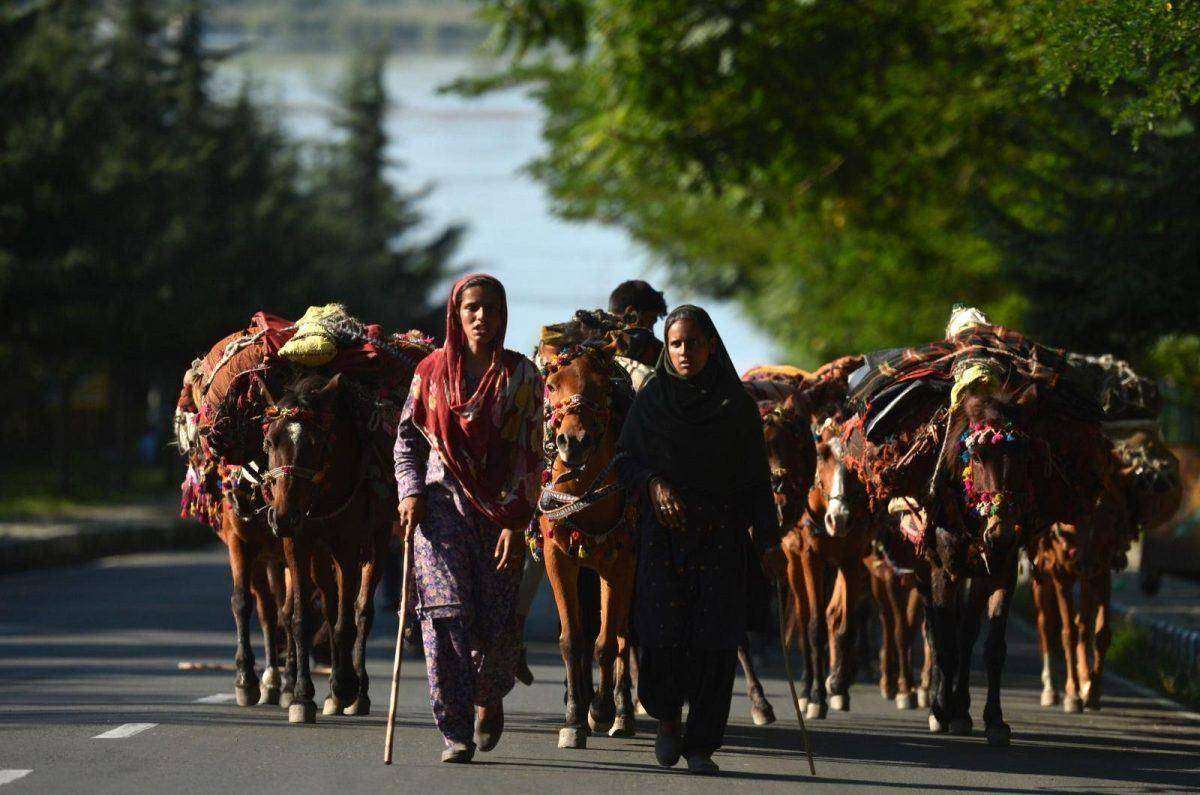In the much-publicized case of Roshni land scam, Chief Justice Gita Mittal and Justice Rajesh Bindal with a bench of the Jammu-Kashmir High Court handed over the case to the Central Bureau of Investigation (CBI).
The PIL was filed by an activist and advocate of Jammu, Ankur Sharma. In the PIL he demanded a CBI investigation in a case of multi-crore land scam covering an area of 20 lakh Kanal state land by a powerful mafia with the help of politicians, revenue officials, and the police. The Bench of J&K High Court felt that the case should be handed over to SP CBI. The court has ordered the CBI to file a status report once every 8 weeks.
The High Court has also made the Chief Secretary responsible for uninterrupted investigations. The HC has also ordered that the officers who were present during the scam should not participate in the investigation. According to the reports, the DCs and divisional commissioners will be held guilty of contempt in case if they don’t cooperate in the investigation.
17 FIRs have been registered by the Anti Corruption Bureau (ACB) so far who was earlier investigating the scam. The locals are very happy as the Court has transferred the case from ACB to CBI because the locals believed that ACB was not properly investigating the matter.
What was the Roshni Act?
Roshni Act of Jammu and Kashmir State Lands (Vesting of Ownership to the Occupants) Act, 2001 envisaged the transfer of ownership rights of state land to its occupants, subject to the payment of a cost, as determined by the government. As per the act, the ownership rights of the state will only be given to its occupants after the complete payment of cost as determined by the government. According to the reports, J&K was expected to earn a profit of Rs 25000 crore by transferring 20 lakh kanals of the state land to the occupants. Several amendments were made into the act which was later modified by the ruling parties.
In November 2018 former governor of J&K abolished the Roshni Act after his administration found that the act is an attempt to change the demographics of the entire region. The administration scrapped the law because it was unable to meet its desired benefits and instead it was misused by the leaders of local parties. According to the 2014 CAG report the UT was supposed to earn a profit of Rs 25,000 crore but it has got only Rs 76 crore. CAG found out that the Roshni act was misused by the leaders and people associated with these leaders of J&K.
How the Roshni Act tried to change Jammu’s demography?
The Roshni Act was given a green signal by the then CM Farooq Abdullah under the strategy to allegedly change the demography of Jammu based on religion which would benefit the government to make an easy win in the assembly elections. As per the allegations leveled against the act, 25,000 people were settled in Jammu while only 5,000 people were settled in Kashmir.
According to the petition submitted in the court revealed that the Act was passed to replace the Hindu Majority with the Muslim Majority in Jammu. According to the census of 2001, the Hindu Population in Jammu was around 65% and Muslim Population was about 31% but according to the 2011 census the Hindu Population in Jammu declined by 3% and the Muslim population increased by 3%.
According to the additional District and Sessions Judge report, a large area around the Tawi river in Jammu has been illegally occupied. According to the report by Ikkjutt Jammu, an NGO, from the past 30 to 35 years 50 lakh Kanal of land was illegally given to religious organizations of a particular community.
All the State parties including Congress leaders showed generosity in the Roshni Act which was scrapped by the last Governor of J&K, Satya Pal Malik. The Gujjar and Bakerwal communities in Jammu have been upset with the abolition of the act.
During the hearing, the Bench gave many reasons of transferring the case to CBI after the ACB Jammu failed to make any progress even after many years of investigation. The Division Bench headed by CJ Gita Mittal through the virtual mode handed over the case to CBI. While transferring the case the Bench also handed several applications including an application highlighting the encroachment of 154 kanals of JDA land at Deeli and also encroachment of 66,000 kanals of JDA land in Jammu and Samba districts to the CBI.
